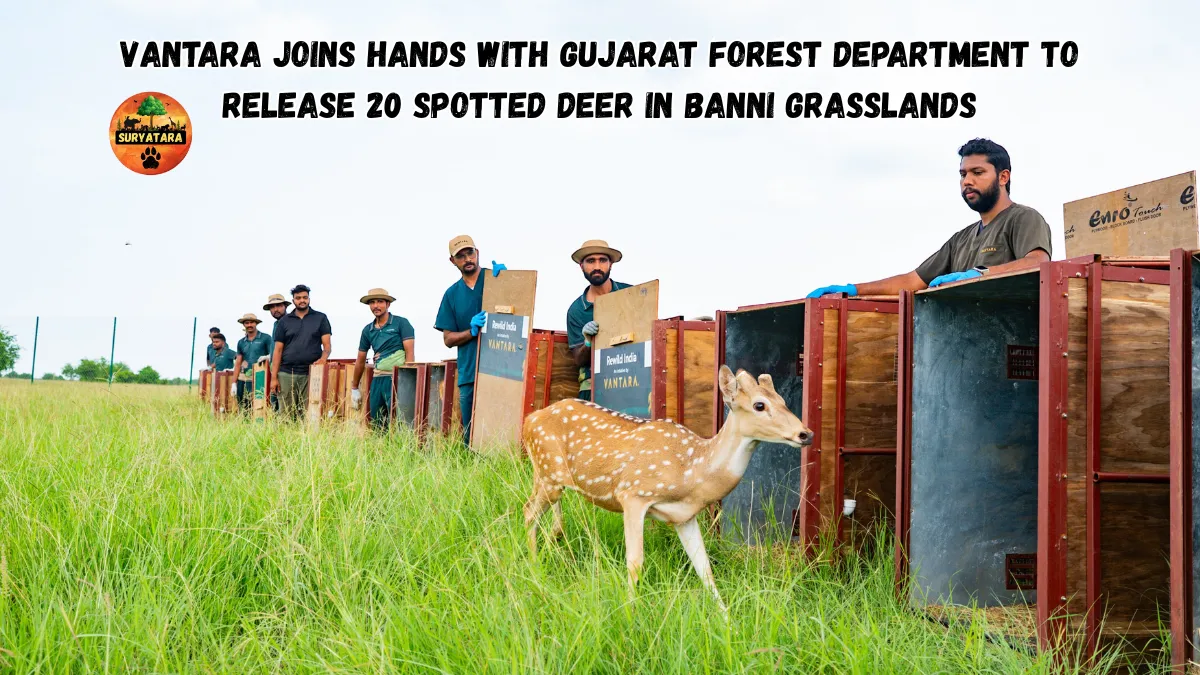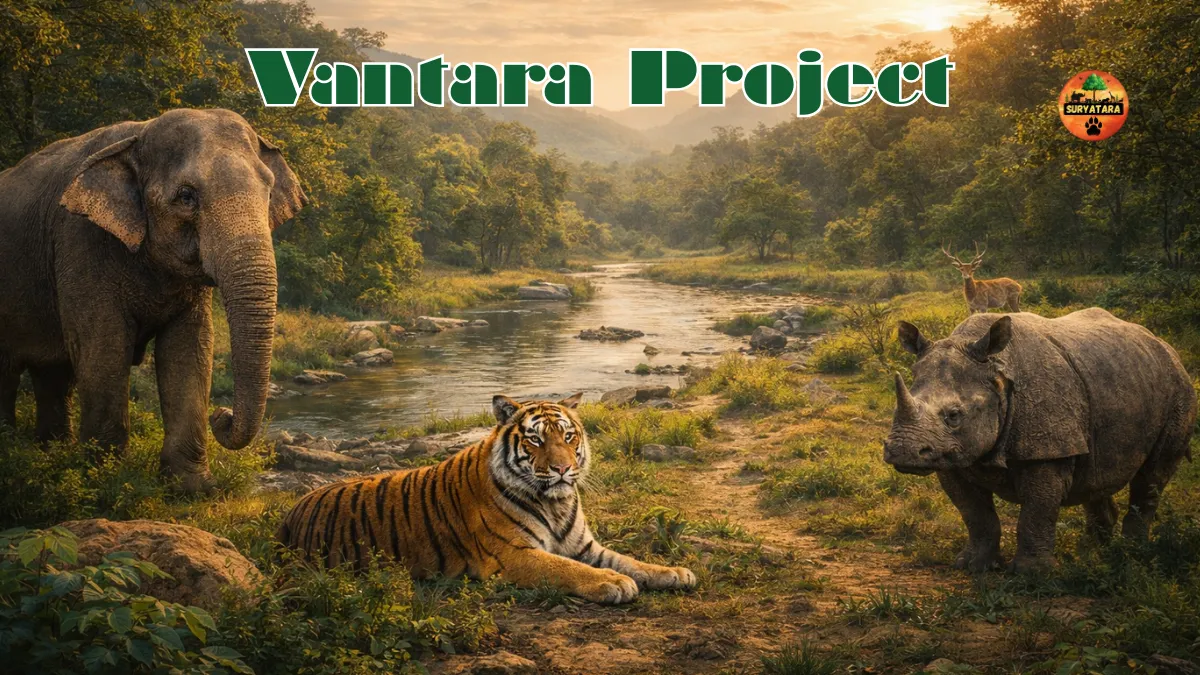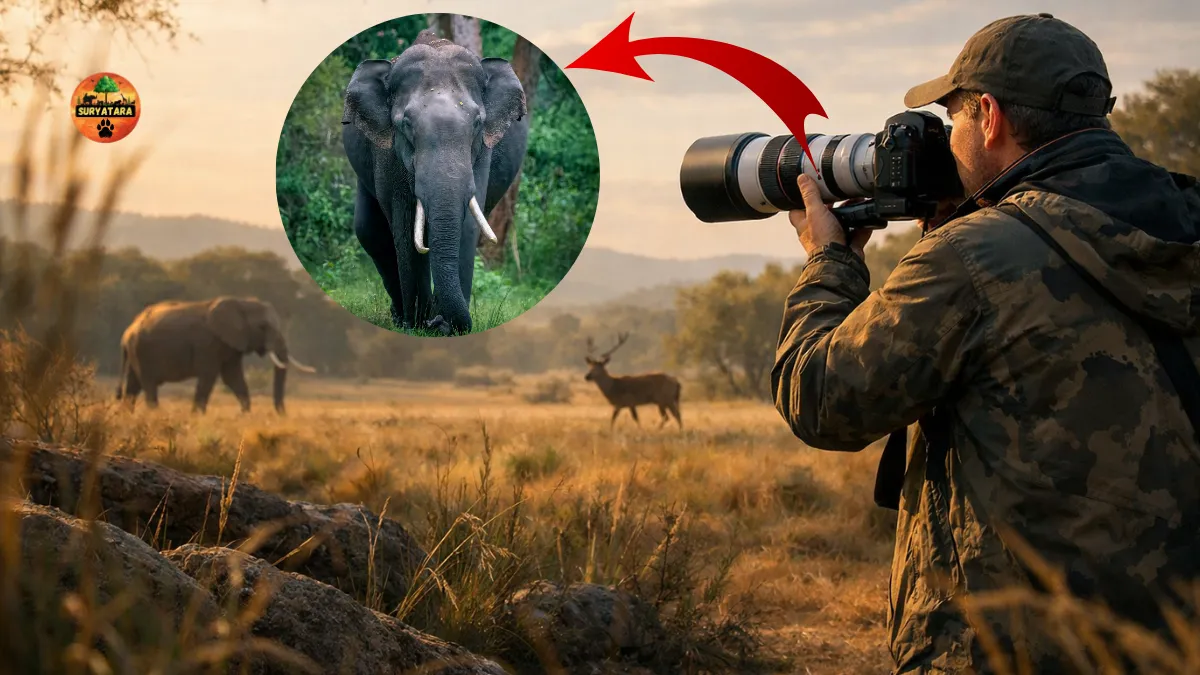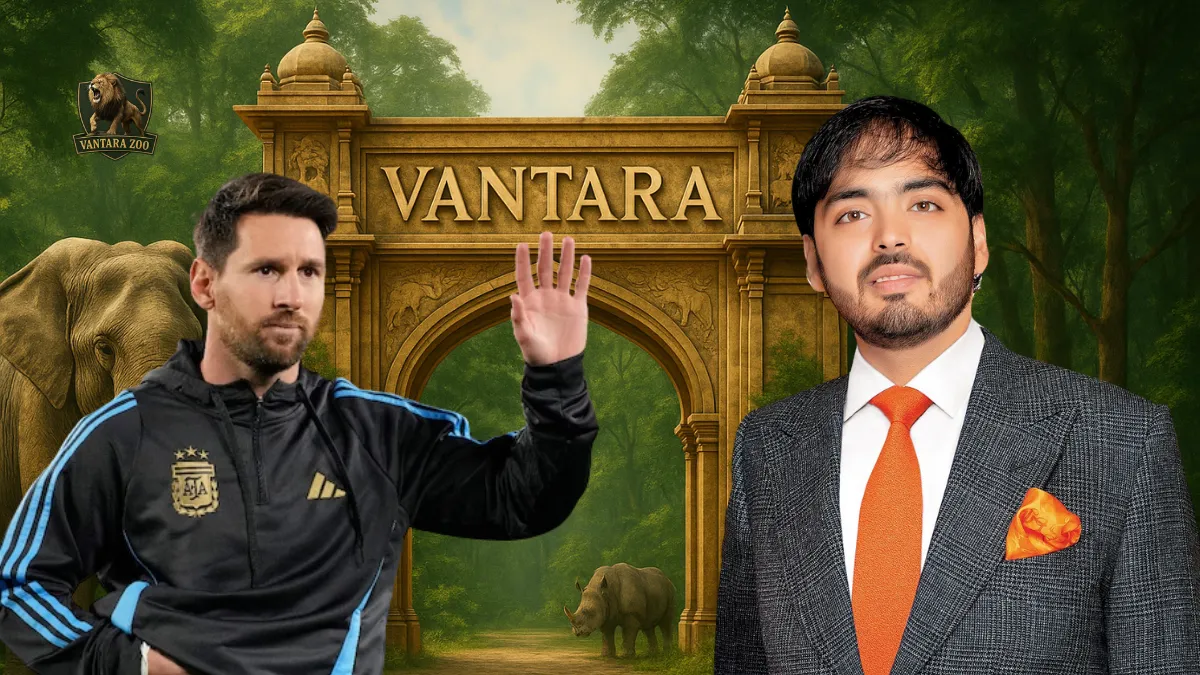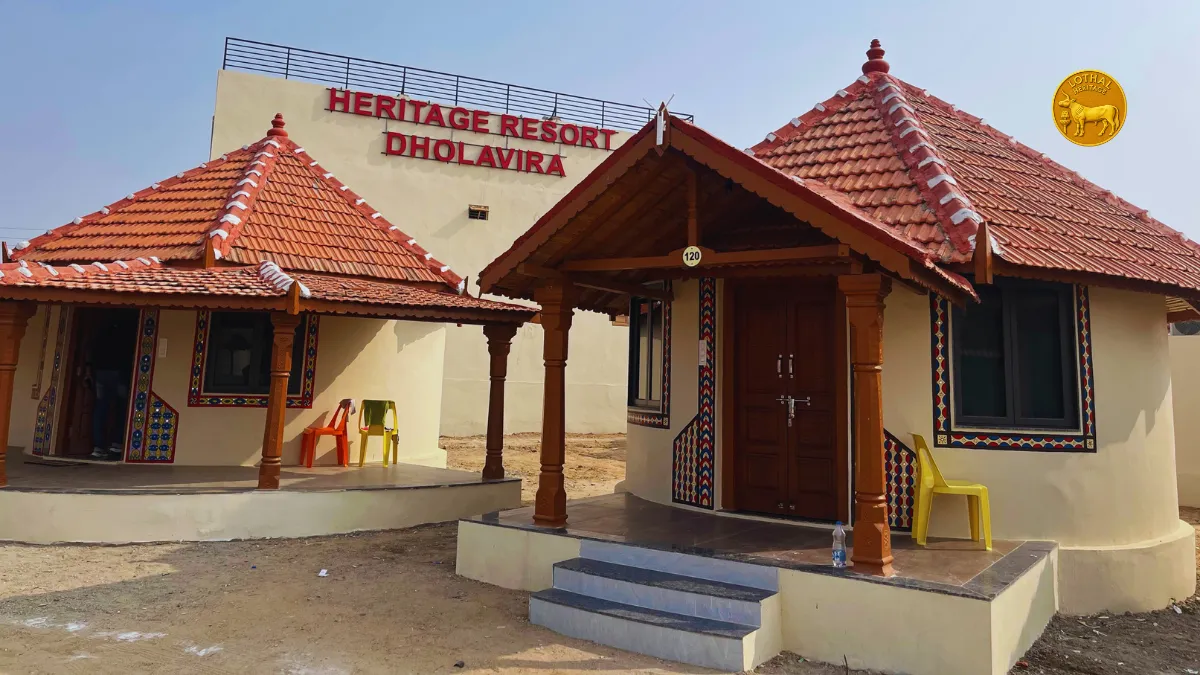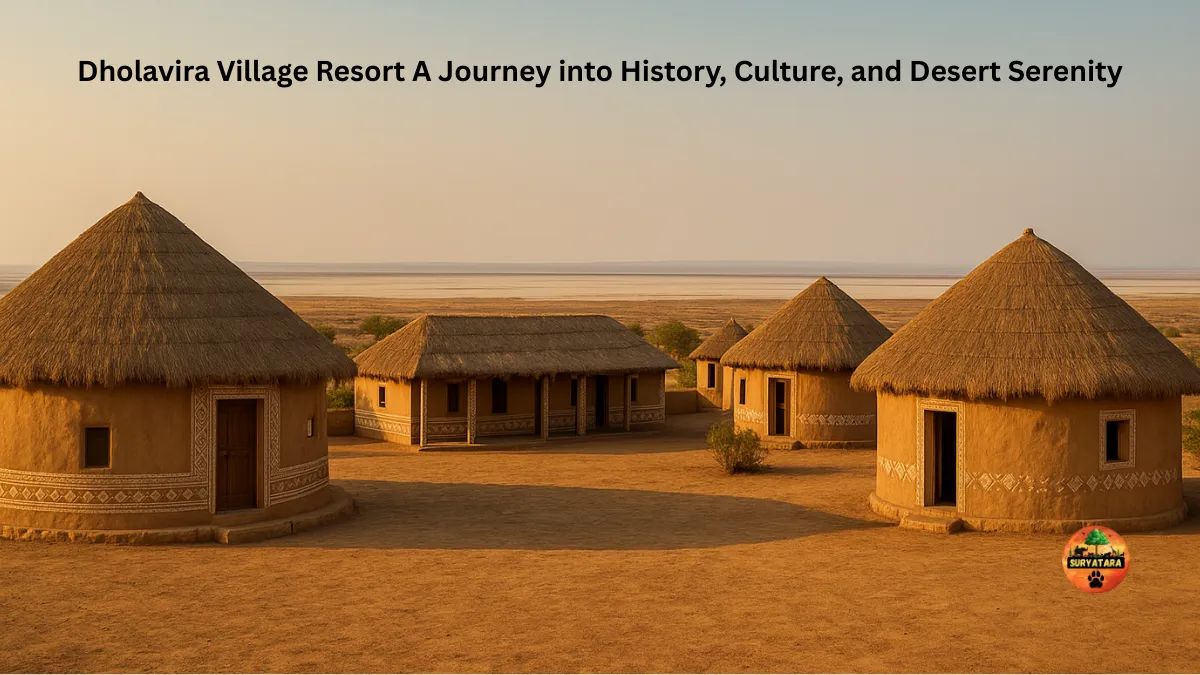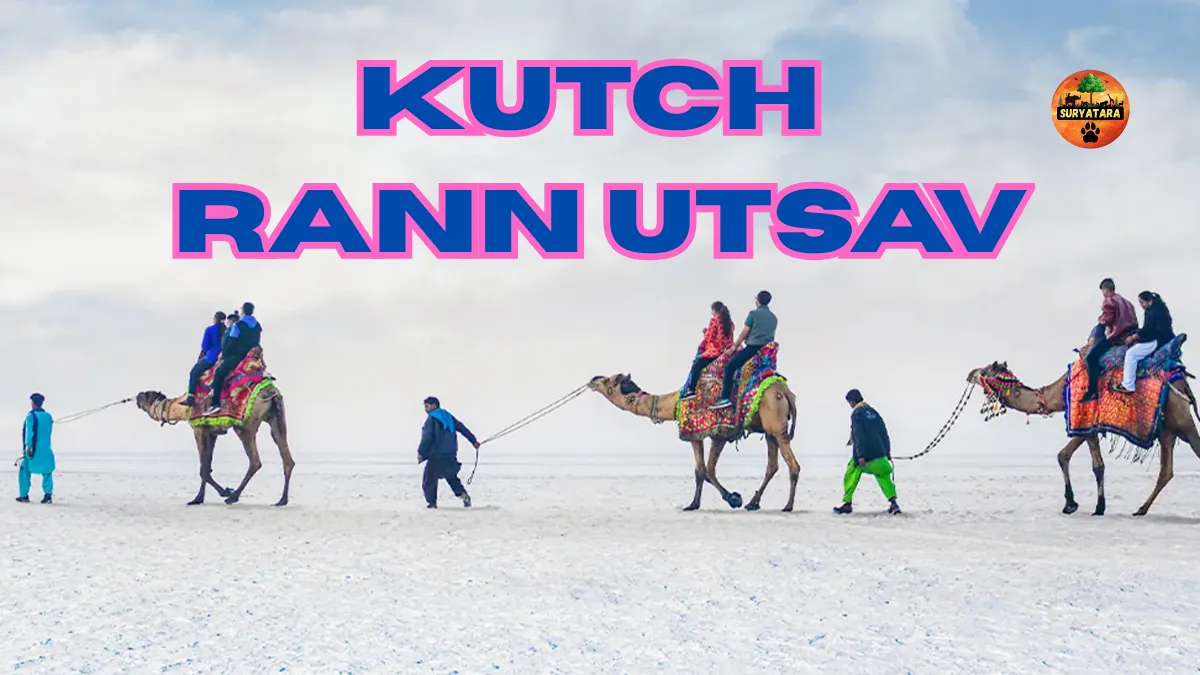In a significant step towards enhancing wildlife diversity in Gujarat, Vantara, a leading wildlife conservation initiative founded by Anant Ambani, has partnered with the Gujarat Forest Department to introduce 20 spotted deer into the Banni Grasslands of Kutch. This effort focuses on restoring biodiversity in one of Asia’s most ecologically important grassland regions.
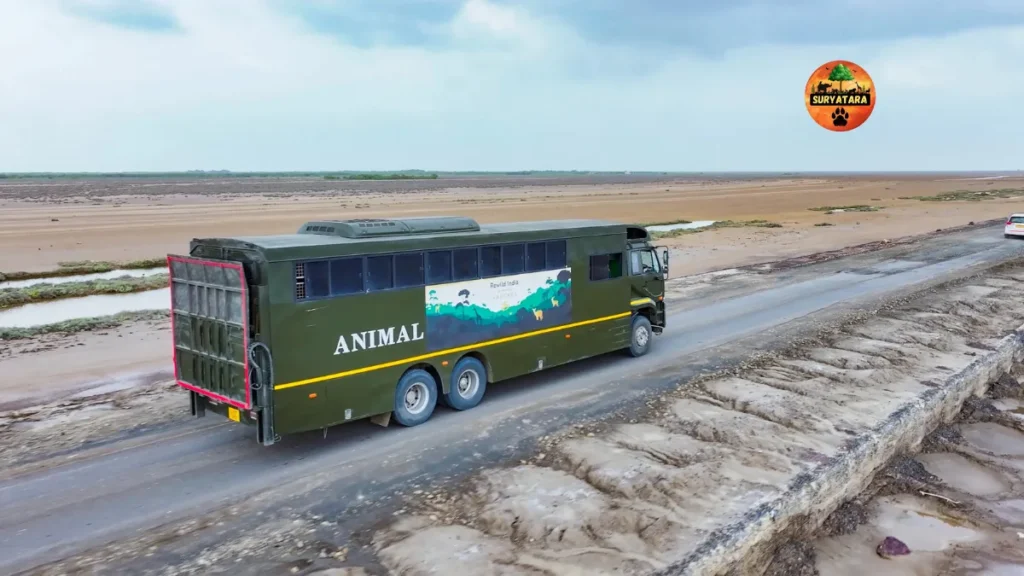
Vantara’s Role in Wildlife Conservation
Vantara, which operates the Greens Zoological, Rescue and Rehabilitation Centre in Jamnagar, is a unique private initiative that supports large-scale wildlife rescue and habitat restoration. With advanced infrastructure and scientific expertise, Vantara aims to work alongside government programs to protect and rehabilitate endangered species across India.
As part of this joint effort, Vantara helped plan and implement the release of 20 spotted deer into a 70-hectare protected zone within the Banni landscape. According to an official statement, the goal is to strengthen the grassland’s natural ecosystem and contribute to long-term ecological balance.
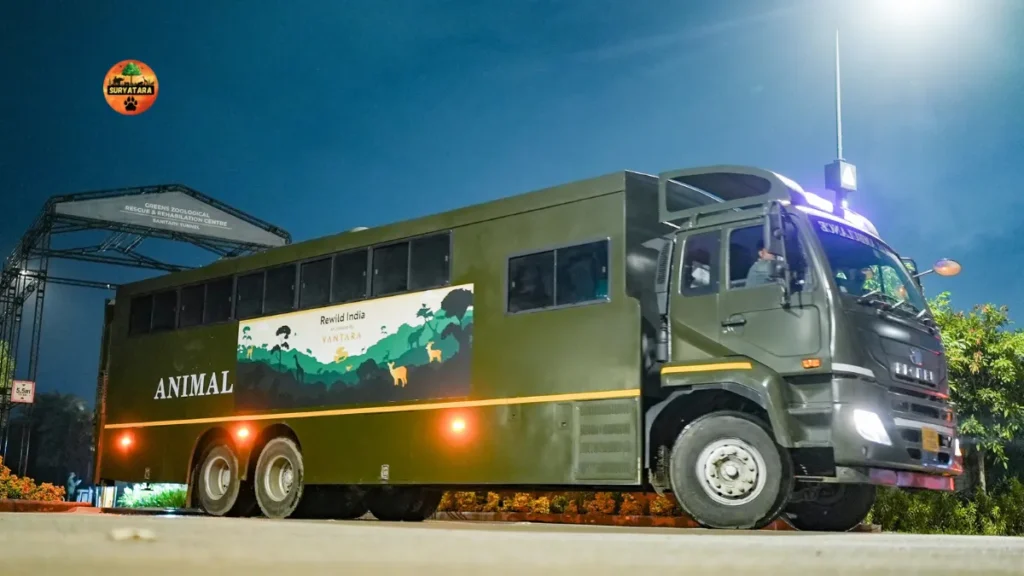
Safe and Monitored Relocation
The spotted deer were carefully relocated from the Vantara facility in Jamnagar using specially designed ambulances. Every stage of the transfer—from health checks to transport and release—was supervised by wildlife officials and veterinary experts. The Gujarat Forest Department monitored the release operation closely, while Vantara provided technical and logistical support to ensure animal safety and habitat readiness.
The entire process followed strict conservation protocols and was tailored to minimize stress on the animals during their transition into the wild.
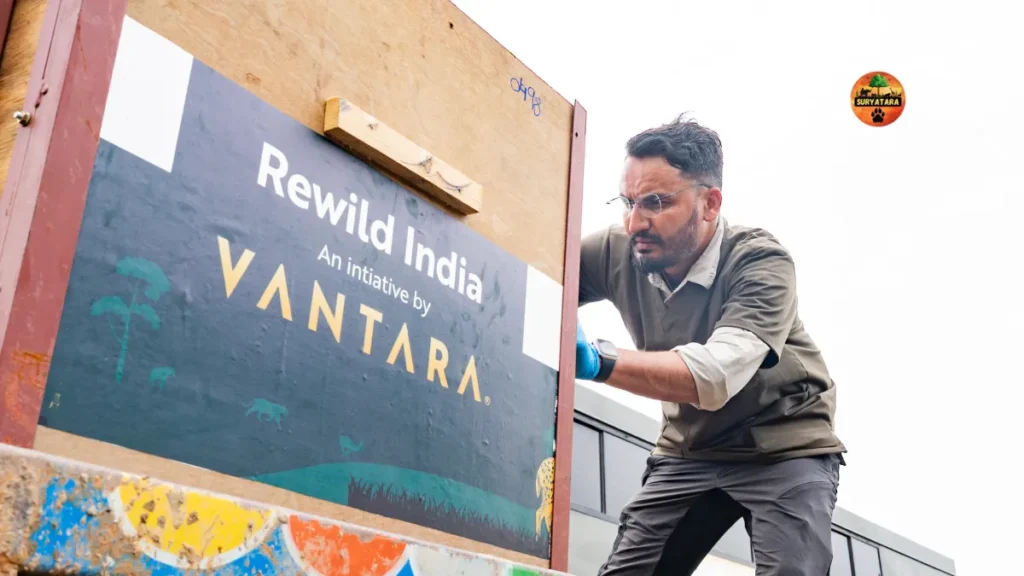
Habitat Suitability Survey
Prior to the release, a joint survey was carried out by Vantara’s wildlife experts and Gujarat’s forest officials. This assessment aimed to study the environmental conditions of the Banni Grasslands and determine whether the ecosystem could support the reintroduction of spotted deer.
This included identifying potential food sources, water availability, presence of predators, and other species interactions. The survey also supported Gujarat’s larger plan to restore native habitats through informed ecological decisions.
Experts from both teams, including biologists, veterinarians, and field officers, participated in the evaluation. Their findings laid the groundwork for this major rewilding effort.
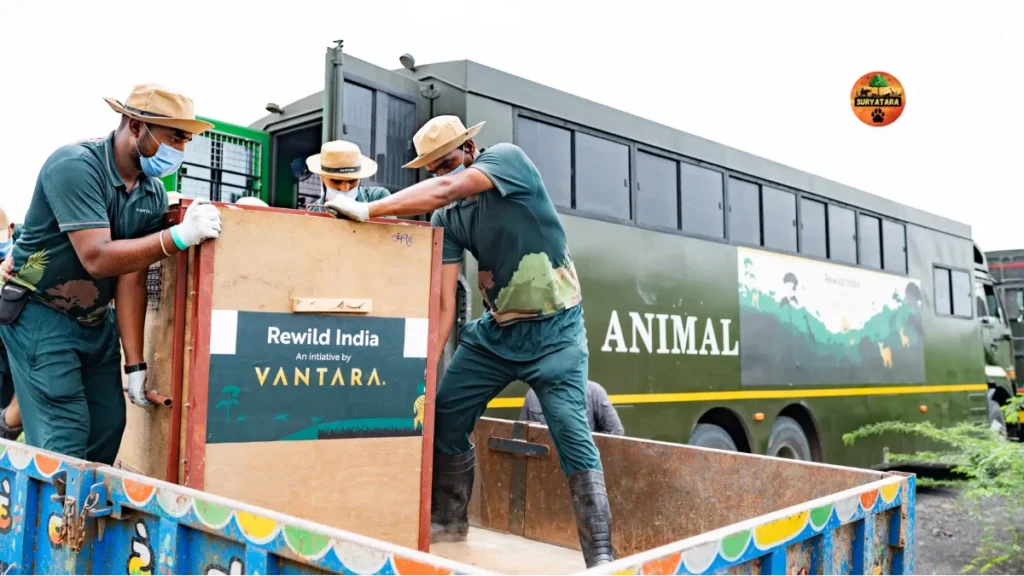
A Statement from Vantara’s Director
Dr. Brij Kishor Gupta, Director of the Greens Zoological, Rescue and Rehabilitation Centre, emphasized the importance of collaborative conservation. He noted:
“This project is a reflection of our shared commitment to ecological protection. Through scientific knowledge, veterinary care, and logistical support, Vantara is proud to contribute to the revival of the Banni Grasslands.”
He further added that conservation works best when public and private organizations unite for a common goal. Vantara continues to promote a science-based, collaborative approach to wildlife protection.
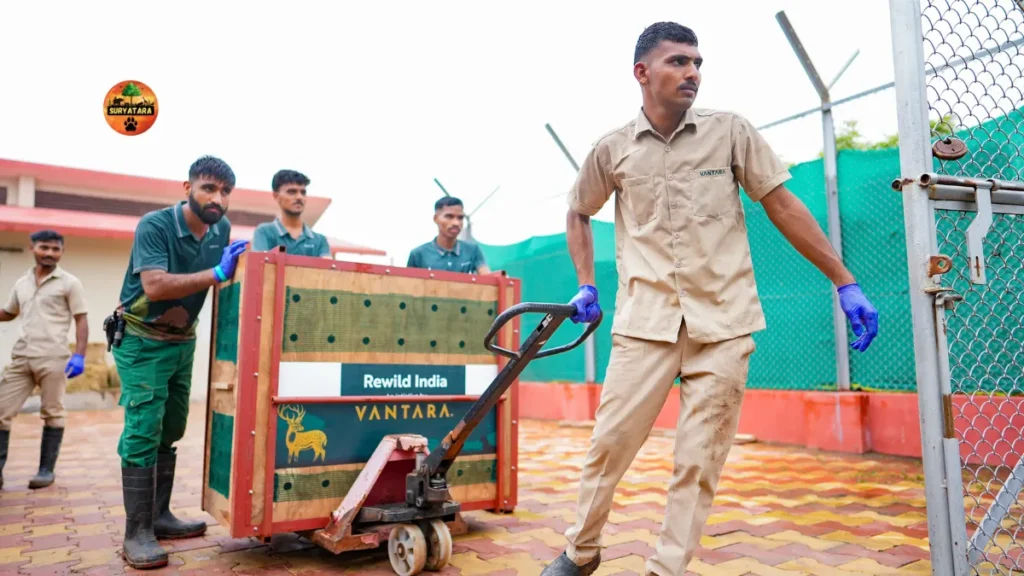
Why Banni Grasslands Matter
Spread over 2,618 square kilometers in Gujarat’s Kutch district, the Banni Grasslands are among the largest and most diverse grassland ecosystems in Asia. These grasslands are home to a wide variety of mammals, birds, and plant species that form a delicate ecological web.
According to recent surveys, the region is home to:
- 12 mammal species
- 6 carnivores
- 2 herbivores
Notable wildlife includes the Indian Gazelle (Chinkara), Indian Wolf, Striped Hyena, Golden Jackal, Nilgai, and Indian Fox. Banni’s open landscape and native grasses make it an ideal habitat for grazing animals like the spotted deer.
The Gujarat Forest Department has been working extensively to restore degraded areas, remove invasive species, and promote native vegetation, creating a more suitable environment for native wildlife.
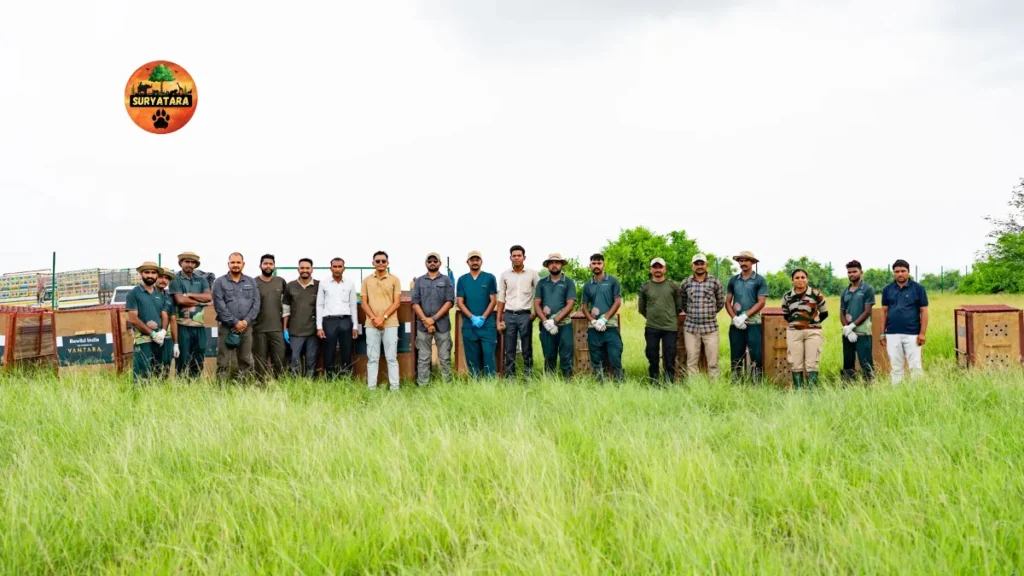
Ecological Benefits of Reintroducing Spotted Deer
Bringing spotted deer back into the Banni ecosystem is not just symbolic—it serves a practical ecological purpose. These herbivores play an essential role in:
- Grazing and managing grass growth
- Acting as prey for native predators
- Supporting seed dispersal
- Contributing to the balance of plant and animal life
By reintroducing the spotted deer, the Gujarat Forest Department and Vantara are helping to rebuild food chains, improve habitat health, and support biodiversity in a naturally sustainable way.
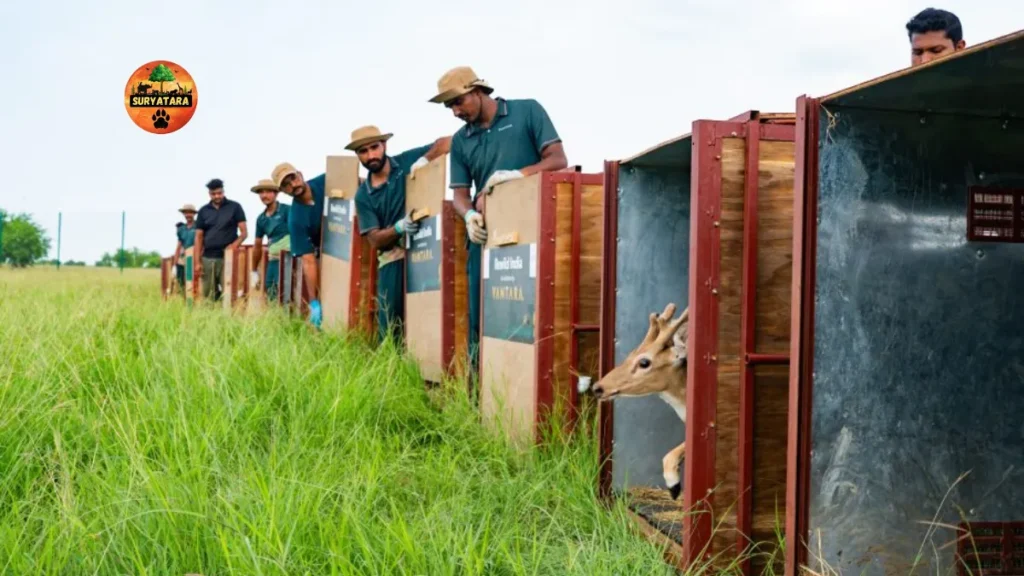
A Model for Future Conservation Projects
This project also serves as a model for future public-private conservation partnerships. Vantara brings in:
- High-quality animal care
- Field-ready logistics and ambulances
- Veterinary expertise
- Data-driven planning tools
Meanwhile, the Forest Department contributes decades of field experience, policy implementation, and on-ground monitoring.
Together, they are creating a framework for ecosystem restoration that can be applied to other fragile habitats across India. The success of this project reinforces the idea that wildlife conservation requires unified efforts between institutions, scientists, and communities.
Also read: Vantara Wildlife Sanctuary: A New Era of Animal Conservation in India
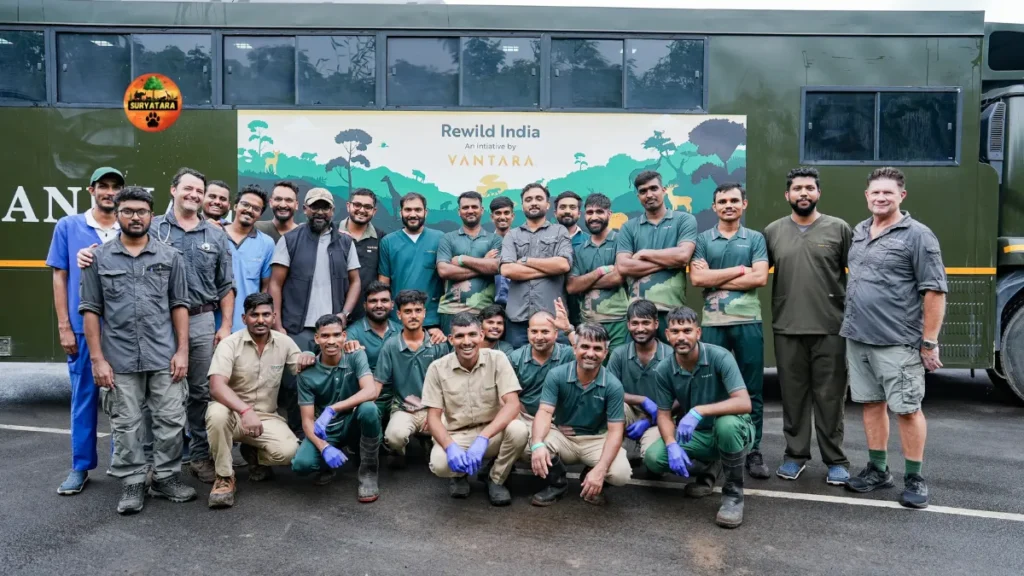
Preserving India’s Natural Legacy
This initiative is part of a larger conservation roadmap to protect and rebuild India’s ecological heritage. In doing so, Vantara is making meaningful contributions not just to Gujarat but to India’s national mission of safeguarding its wildlife and ecosystems.
The long-term goal is to ensure that India’s native species—many of which are facing habitat loss—have safe, healthy, and thriving environments. Vantara’s advanced rescue operations and rehabilitation protocols are becoming key components of this national effort.
Also read: Vantara: A World-Class Wildlife Rescue and Rehabilitation Center in India
Conclusion
The successful reintroduction of 20 spotted deer into the Banni Grasslands marks a major conservation achievement. It shows how science, collaboration, and commitment can come together to create real impact. With Vantara and the Gujarat Forest Department working side by side, the future of India’s grasslands and wildlife looks brighter and more secure.
